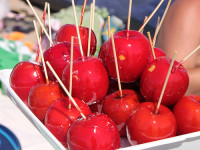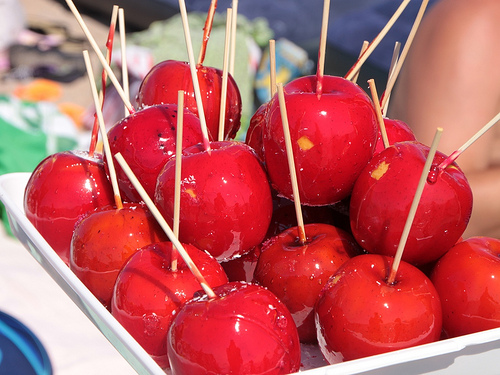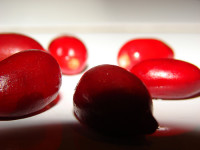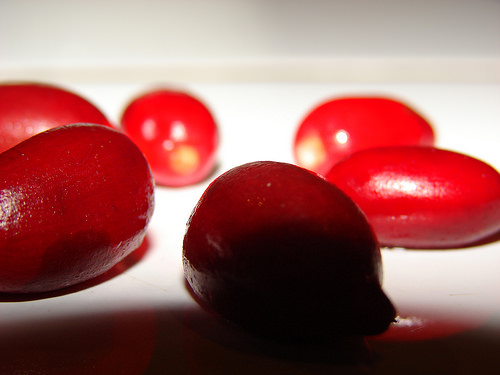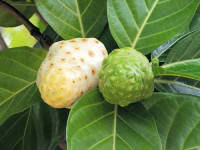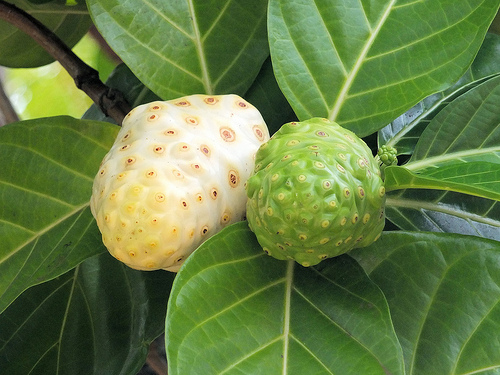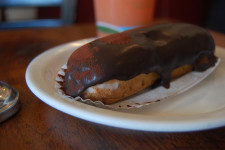
Éclairs are the favourite pastry of many French children.
- Éclairs are a sweet pastry bakery item, particularly popular in French cuisine, and they are shaped somewhat like a hot dog bun.
- Éclairs are made of a light dough stuffed with cream or a flavoured custard, and then glazed or iced on top.
- The fillings of an éclair come in a variety of flavours, such as chocolate, vanilla, fruit, nut, coffee and rum.
- The literal translation of ‘éclair’ from French, is ‘lightning’, which is thought to refer to the speed of which it is eaten, or the shine of the glaze.
- Éclair dough is typically made by partially cooking a mixture of butter, flour and water in a saucepan and eggs are added soon after; and then they dough is piped onto a tray and baked in an oven, and is later filled with filling.
An Éclair
Image courtesy of Stuart Spivack/Flickr
- The invention of éclairs is often attributed to Marie-Antoine Carême, a popular chef of the royals of the time, in the early 1800s in France.
- In the United States, the 22nd of June is recognised as the National Day of the Chocolate Éclair each year.
- The term ‘éclair’ was first documented in the English language in reference to a bread-based item, in an 1861 edition of the Vanity Fair magazine.
- Traditionally, most éclairs are sweet, though savoury variants have been made in more recent times, while the recipe for the dough has remained relatively unchanged since its creation.
- ‘Éclairs’ were first known as ‘pain à la duchesse’ or ‘petite duchesse’, French terms meaning ‘bread duchess’ and ‘little duchess’ respectively.
Bibliography:
Éclair, 2016, Wikipedia, https://en.wikipedia.org/wiki/%C3%89clair
History of the Eclairs, 2016, Hungry Monster, http://www.hungrymonster.com/food-facts/food_facts.php?p=Breads&fid=9112
Jackson R, The Trend: Eclairs with Flair, 2013, Financial Times, http://www.craftsy.com/blog/2014/03/french-eclairs/
Keel M, The Eclair: A History, A Recipe, and a Nod Among the “World’s Best”, 2015, Sucré, http://www.shopsucre.com/sweettalk/food-thought-history-eclairs
Rodriguez A, French Eclairs: The Story Behind These Cream-Filled Delights, 2014, Craftsy, http://www.craftsy.com/blog/2014/03/french-eclairs/





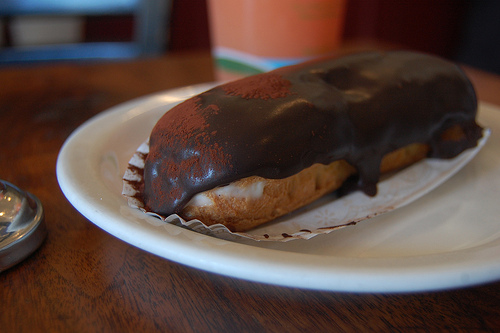

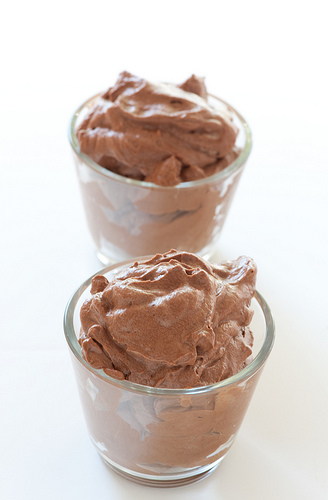


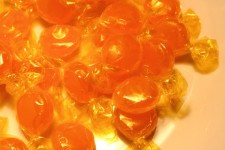
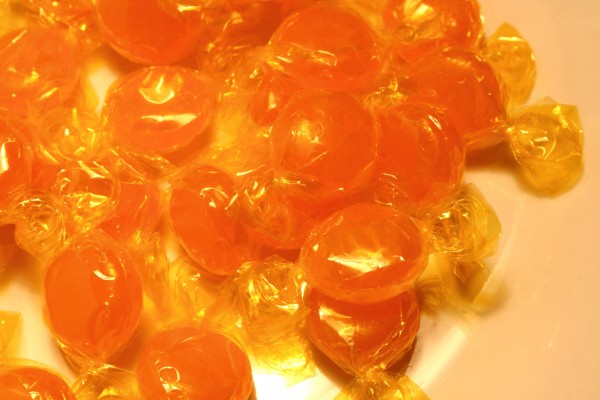 Butterscotch Candy
Butterscotch Candy
